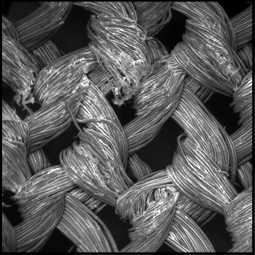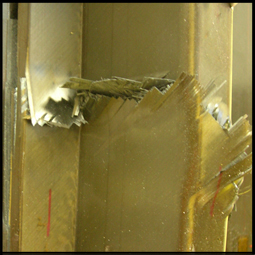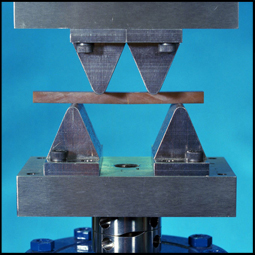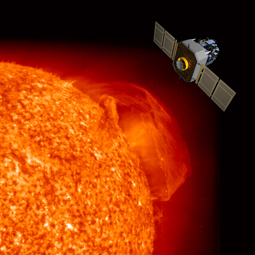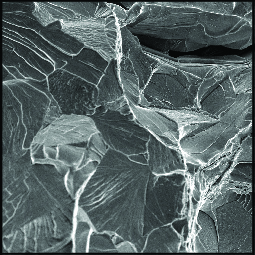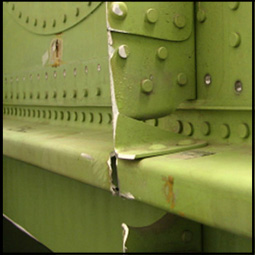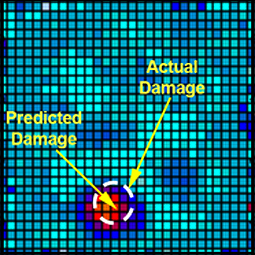The Durability, Damage Tolerance, and Reliability Branch (DDTRB), as part of the Structures and Materials technology area, conducts a broad-based research and technology program that quantifies behavior, durability, and damage tolerance of structural materials; develops efficient, physics-based analytical and computational methods; develops new innovative test methods; develops radiation analysis and design tools for assessing the radiation environment; and validates performance of advanced materials and structures for aerospace applications in support of NASA, other government agencies, and the aerospace industry. The Aeronautics and Space Exploration Mission Directorates are the primary NASA Mission Directorates supported by DDTRB.
The civil servants and contractor personnel in DDTRB contribute to four main technology areas:
- Damage Mechanics of Composite Materials
- Damage Mechanics of Metallic Materials
- Radiation Analysis and Shielding Design
- Structural Analysis and Health Assessment
Moreover, because of the unique subject matter expertise of DDTRB, the research staff is frequently called on to support numerous Failure and Incident Investigations that are of importance to the Center, the Agency and the Nation.
Wherever possible, both analytical/computational methods and experimental interrogation/validation are used synergistically to provide a complete understanding of the mechanics and physics of underlying processes. Hence, the research activities within DDTRB are carried out by taking advantage of extensive experimental and computational facilities and by developing innovative experimental, analytical and computational methodologies. Through the use of validated predictive tools, DDTRB improves in the state-of-the art for durability and damage tolerance of structural materials (composite, metallic and hybrid materials) and advance the application of technologies to the analysis and design of materials and structures.
In support of the experimental activities, DDTRB’s Materials Research Laboratory consists of more than 50 servo hydraulic load frames, including specially designed machines that are used to determine environmental effects on crack growth, determine material properties under in-plane biaxial loading, simulate delamination growth under combined axial and bending load and interrogate crack growth at microstructural length scales. This testing is used to validate analytical models, determine material properties and elucidate fundamental mechanisms of damage nucleation and growth. The computational infrastructure includes homogeneous and heterogeneous networks of desktop, workstations and cluster computers that are geographically-dispersed within the Branch, LaRC and the NASA Ames Research Center’s Advanced Supercomputing Division.

